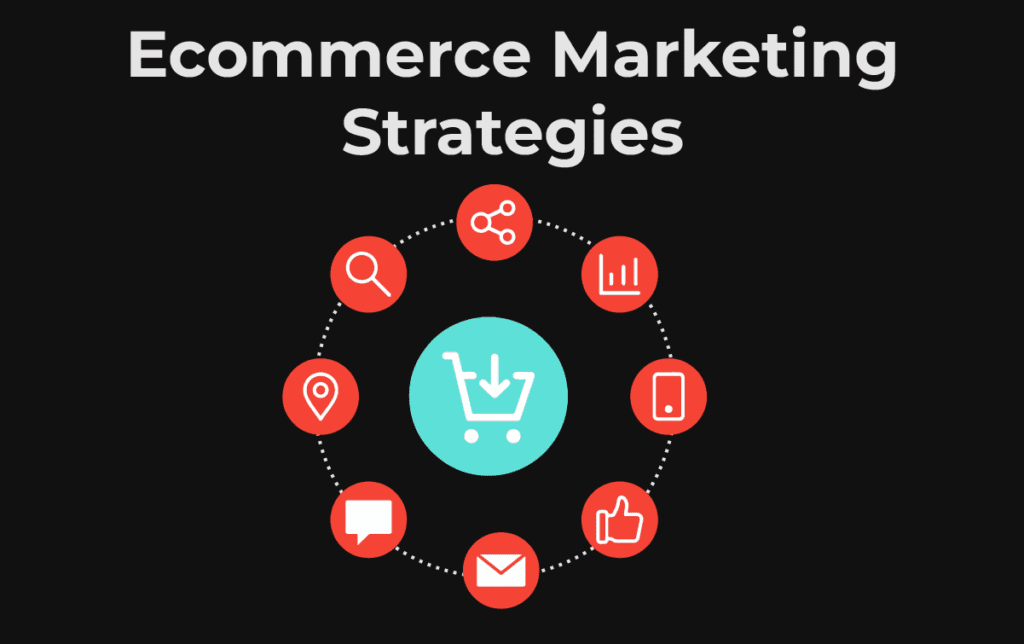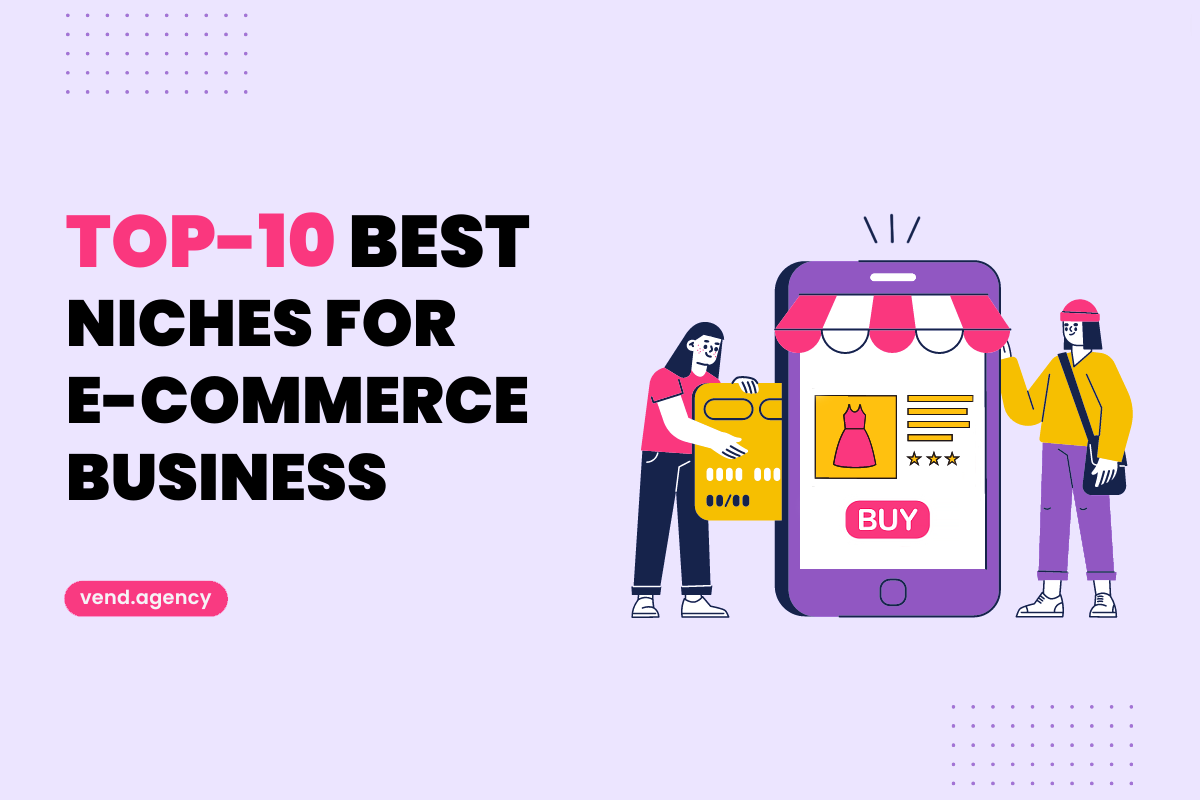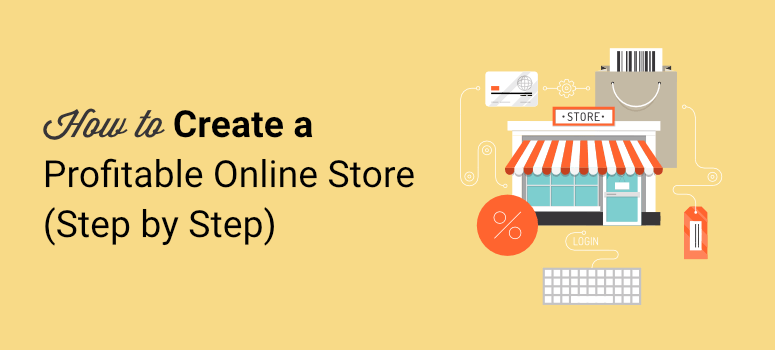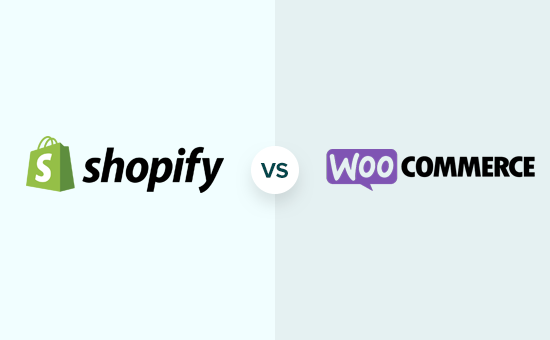Ecommerce Marketing Strategies: Boosting Your Online Business in 2025
The ecommerce landscape is evolving rapidly, and businesses are constantly searching for new ways to stand out in the crowded digital marketplace. Whether you’re just starting out or looking to scale your online business, implementing the right ecommerce marketing strategies is crucial to your success.
In 2025, the key to driving growth and staying competitive lies in understanding the latest trends, leveraging innovative tools, and embracing a customer-centric approach. This article will explore some of the most effective ecommerce marketing strategies to help you reach your target audience, increase sales, and build long-term brand loyalty.
Why Ecommerce Marketing Strategies Are Essential
To thrive in the ecommerce world, it’s not enough to just launch a website and hope for customers. Effective marketing strategies are essential for driving traffic to your online store, converting that traffic into sales, and retaining customers for the long term. The digital market is saturated with competitors, so businesses that fail to implement strong ecommerce marketing strategies are at risk of being overshadowed.
Ecommerce marketing encompasses a wide range of activities, from paid advertising and social media to email marketing and content creation. Each strategy works together to create a seamless customer experience that can help build trust, boost conversion rates, and improve customer retention.
1. Invest in Search Engine Optimization (SEO)
One of the most fundamental ecommerce marketing strategies for online businesses is search engine optimization (SEO). Without proper SEO, your website may remain invisible to potential customers. SEO helps your website rank higher on search engines like Google, making it easier for users to find your products or services when they search for relevant keywords.
How to Implement SEO for Your Ecommerce Store:
-
Keyword Research: Use tools like Google Keyword Planner or SEMrush to identify the right keywords that your target audience is searching for. Integrate these keywords naturally into your product descriptions, titles, and content.
-
On-Page SEO: Ensure that your product pages, blog posts, and other content are optimized for search engines. This includes using proper meta tags, alt text for images, and optimizing page load times.
-
Content Creation: Regularly publish high-quality blog posts, videos, or guides related to your products or industry. This not only helps with SEO but also builds brand authority and engages your audience.
Why SEO Is Crucial:
SEO is a long-term strategy that can deliver sustainable organic traffic. Once your website ranks well for important search terms, you can enjoy consistent, cost-effective traffic, which is essential for growing your ecommerce business.
2. Use Social Media Marketing
Social media is one of the most powerful platforms for reaching your target audience and driving traffic to your ecommerce store. With billions of active users on platforms like Facebook, Instagram, TikTok, and Twitter, it’s essential to leverage social media to grow your brand.
How to Use Social Media for Ecommerce Marketing:
-
Create Engaging Content: Post high-quality images, videos, and user-generated content that showcase your products in real-life situations. The more engaging your content, the more likely users are to share it with their followers.
-
Utilize Social Commerce: Social media platforms like Instagram and Facebook allow you to sell directly from their platforms through features like shoppable posts. These features can significantly boost your conversion rates by allowing users to purchase without leaving the platform.
-
Collaborate with Influencers: Partnering with influencers in your industry can help you reach a wider audience. Choose influencers who align with your brand values and have an engaged following.
Why Social Media Marketing Is Effective:
Social media marketing allows you to connect with customers on a personal level. By engaging with your followers, responding to their comments, and sharing valuable content, you can build a loyal community around your brand. Social media ads also provide robust targeting options, enabling you to reach your ideal customers with precision.
3. Implement Paid Advertising Campaigns
Paid advertising is an essential part of ecommerce marketing strategies, especially if you’re looking to drive immediate traffic and sales. Whether you’re using Google Ads, Facebook Ads, or Instagram promotions, paid advertising helps you reach a broader audience and generate leads quickly.
How to Use Paid Ads for Ecommerce:
-
Google Ads: Use Google Ads to create targeted campaigns that appear when users search for specific keywords related to your products. Shopping ads are particularly effective for ecommerce businesses, as they showcase your products directly in search results.
-
Facebook and Instagram Ads: These platforms allow you to target users based on demographics, interests, and behaviors. You can also use dynamic ads to showcase products that users have previously interacted with.
-
Retargeting Ads: Retarget users who have visited your website but haven’t made a purchase yet. Retargeting ads remind them of the products they viewed and encourage them to return to your store.
Why Paid Advertising Works:
Paid ads allow you to quickly increase your visibility and attract targeted traffic. The great thing about paid campaigns is that you can track and optimize them in real time, ensuring that your ad spend is being used efficiently. As part of your ecommerce marketing strategies, paid ads can deliver a significant return on investment (ROI) when done correctly.
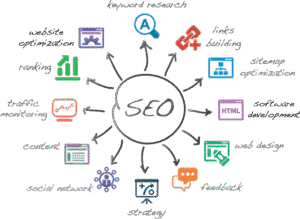
4. Utilize Email Marketing Campaigns
Email marketing is one of the most effective ways to communicate directly with your customers. When used properly, email marketing can help you build stronger relationships with your audience, drive repeat purchases, and reduce cart abandonment.
How to Leverage Email Marketing:
-
Build a Quality Email List: Offer incentives like discounts, free shipping, or valuable content in exchange for users’ email addresses. Make sure that your email list is segmented based on customer behavior, such as first-time buyers, repeat customers, or cart abandoners.
-
Send Personalized Emails: Personalization can significantly improve your email open and click-through rates. Address your customers by name, recommend products based on their past purchases, and tailor your email content to their preferences.
-
Automate Email Campaigns: Set up automated email workflows, such as welcome emails, abandoned cart emails, and post-purchase follow-up emails. Automation saves you time and ensures timely communication with your customers.
Why Email Marketing Is So Effective:
Email marketing allows you to stay in front of your audience and drive repeat business. Since customers have already shown interest in your brand by subscribing to your emails, your messages are more likely to be welcomed. Additionally, email campaigns have one of the highest ROI compared to other marketing strategies.
5. Offer Discounts and Promotions
Everyone loves a good deal, and offering discounts and promotions can be an effective way to attract new customers, retain existing ones, and increase sales. Special offers like flash sales, limited-time discounts, and seasonal promotions create urgency and encourage customers to take immediate action.
How to Use Discounts and Promotions:
-
Time-Limited Offers: Use countdown timers to create urgency and encourage customers to purchase before the offer expires.
-
Volume Discounts: Offer discounts for bulk purchases, such as “Buy one, get one 50% off” or “Free shipping on orders over $50.”
-
Loyalty Programs: Reward your existing customers with discounts and exclusive offers as part of a loyalty program. This will incentivize them to return and shop again.
Why Discounts Work:
Discounts and promotions incentivize customers to make a purchase. They also create a sense of value, making customers feel like they’re getting more for their money. Strategically timed offers can drive a surge in sales, especially during slow periods.
6. Create Engaging Content Marketing Campaigns
Content marketing is one of the most powerful ecommerce marketing strategies to drive traffic, engage your audience, and establish your brand as an authority. By providing valuable, informative, and entertaining content, you can attract and retain customers.
How to Implement Content Marketing:
-
Create Blog Posts: Publish blog posts that address your customers’ pain points, answer frequently asked questions, or showcase product tutorials.
-
Video Content: Leverage platforms like YouTube, TikTok, and Instagram to create engaging video content that demonstrates your products, shares behind-the-scenes insights, or educates your audience.
-
User-Generated Content (UGC): Encourage your customers to share their experiences with your products through photos, reviews, or videos. Sharing UGC on your website or social media adds authenticity and builds trust with potential customers.
Why Content Marketing Is Crucial:
Content marketing helps you build a relationship with your audience, positioning your brand as a trusted resource. It also plays a significant role in SEO, as fresh and relevant content can improve your search engine rankings.
7. Focus on Mobile Optimization
As mobile commerce continues to grow, ensuring that your ecommerce site is optimized for mobile users is one of the most important ecommerce marketing strategies you can implement.
How to Optimize for Mobile:
-
Responsive Design: Ensure your website adjusts seamlessly to any screen size, providing a smooth shopping experience for mobile users.
-
Fast Load Times: Optimize your website’s loading speed to prevent high bounce rates, especially on mobile devices.
-
Simplified Checkout Process: A complicated checkout process can turn mobile users away. Make the process as simple and fast as possible by offering mobile-friendly payment options like Apple Pay or Google Pay.
Why Mobile Optimization Matters:
With the increasing use of smartphones for online shopping, a mobile-optimized website is no longer optional—it’s a necessity. If your site doesn’t provide a seamless experience for mobile users, you risk losing potential customers.
8. Partner with Affiliate Marketers
Affiliate marketing is another excellent way to promote your ecommerce business and drive sales. By partnering with influencers or bloggers who promote your products in exchange for a commission, you can expand your reach without having to invest in expensive ad campaigns.
How to Implement Affiliate Marketing:
-
Set Up an Affiliate Program: Use platforms like ShareASale, Rakuten, or CJ Affiliate to create your own affiliate program.
-
Choose the Right Partners: Select affiliates whose audiences align with your target market. Their recommendations will be more effective if they have a strong relationship with their followers.
-
Offer Competitive Commissions: Provide attractive commissions to motivate affiliates to promote your products actively.
Why Affiliate Marketing Works:
Affiliate marketers are highly motivated to promote your products, as they earn commissions on sales. This performance-based model helps you reach a larger audience without upfront advertising costs.
Conclusion: Crafting the Perfect Ecommerce Marketing Strategy
Building a successful online business requires more than just having great products—it demands strategic marketing that speaks to your audience’s needs, preferences, and behavior. By implementing these ecommerce marketing strategies, you can attract new customers, drive sales, and cultivate long-term loyalty.
The key to success lies in combining various marketing tactics and continuously testing and optimizing your efforts. Whether you’re investing in SEO, using social media to engage with your customers, or implementing paid advertising campaigns, consistency is the key to building a sustainable ecommerce business.
By staying agile and adapting to emerging trends, you’ll ensure that your ecommerce marketing strategies continue to drive growth in 2025 and beyond.
